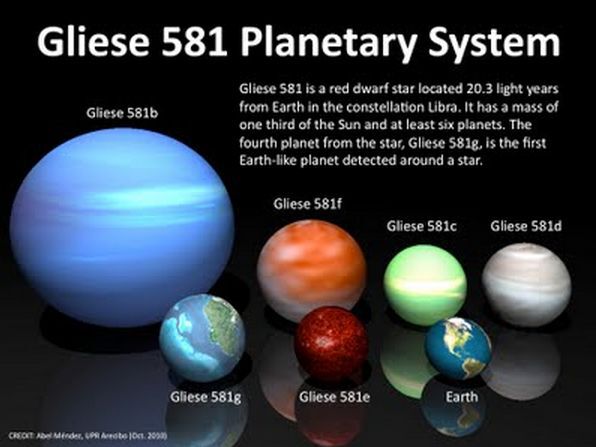Introduction
Gliese 581g, also known as GJ 581g or simply GJ 581d, is an exoplanet that has captured the imagination of astronomers, scientists, and enthusiasts alike since its discovery in 2007. Located in the constellation Libra, approximately 20.4 light-years away from Earth, Gliese 581g has become a symbol of hope for the possibility of life beyond our planet. In this blog, we will delve into the fascinating details of this potentially habitable exoplanet and explore what its discovery means for our understanding of the universe and the search for extraterrestrial life.
Discovery and Characteristics
Gliese 581g was discovered by a team of international astronomers led by Steven Vogt and Paul Butler, using the Anglo-Australian Telescope in Australia. The planet was detected through the radial velocity method, which measures the wobble of a star caused by the gravitational pull of its orbiting planets. This technique allowed scientists to determine the mass and orbital characteristics of Gliese 581g.

Gliese 581g is a super-Earth, meaning it is larger than Earth but smaller than ice giants like Uranus and Neptune. It has a mass about six times that of Earth and orbits its star, Gliese 581, at a distance of roughly 7.7 million kilometers (0.07 astronomical units or AU). This relatively close proximity to its star led to initial speculation that the planet might be a “hot Jupiter,” a class of gas giants found very close to their host stars. However, further studies have shown that Gliese 581g is likely a rocky planet with a thick atmosphere, making it a more promising candidate for habitability.
Habitability and Potential for Life
One of the most intriguing aspects of Gliese 581g is its potential for supporting life. Early estimates suggested that the planet resides within its star’s habitable zone, also known as the “Goldilocks zone,” where conditions might be just right for liquid water to exist on the planet’s surface. Liquid water is considered a crucial ingredient for life as we know it, making Gliese 581g an exciting target in the search for extraterrestrial life.

However, subsequent research has cast some doubt on the planet’s habitability. In 2011, a study by the same team that discovered Gliese 581g suggested that the planet’s orbit was significantly tilted, exposing it to intense radiation from its star. This finding led some scientists to question whether Gliese 581g could indeed harbor life.
More recent studies, however, have provided a more optimistic outlook. A 2017 analysis by a team of researchers from the University of Cambridge and the University of Geneva suggested that Gliese 581g might have a stable orbit and could still be habitable. The team used a combination of observational data and computer simulations to model the planet’s orbit and atmospheric conditions, concluding that Gliese 581g could potentially support life.
Future Missions and the Search for Life
The discovery of Gliese 581g has spurred interest in developing new technologies and missions to explore potentially habitable exoplanets. One such mission is the European Space Agency’s (ESA) PLATO mission, set to launch in 2026. PLATO (PLAnetary Transits and Oscillations of stars) will search for Earth-like planets orbiting Sun-like stars in our Milky Way galaxy, focusing on detecting the tiny dip in starlight caused by a planet passing in front of its host star.

Additionally, NASA’s upcoming James Webb Space Telescope (JWST) is expected to play a crucial role in the search for life on exoplanets like Gliese 581g. The JWST will be capable of studying the atmospheres of these distant worlds, searching for signs of key molecules associated with life, such as water, oxygen, and methane.
Conclusion
Gliese 581g remains an enigmatic and captivating exoplanet, representing the tantalizing possibility of life beyond Earth. While its habitability is still a topic of debate among scientists, the discovery of Gliese 581g has undoubtedly advanced our understanding of exoplanets and inspired new avenues of research in the search for extraterrestrial life. As we continue to explore the cosmos, Gliese 581g serves as a reminder of the boundless potential for discovery and the endless wonders that await us in the universe.

